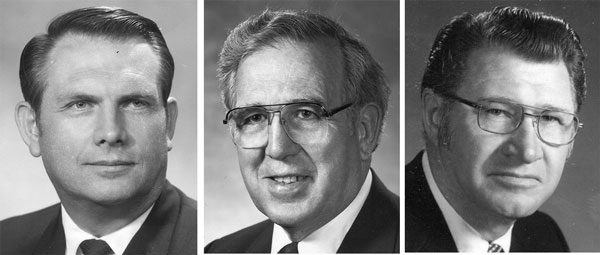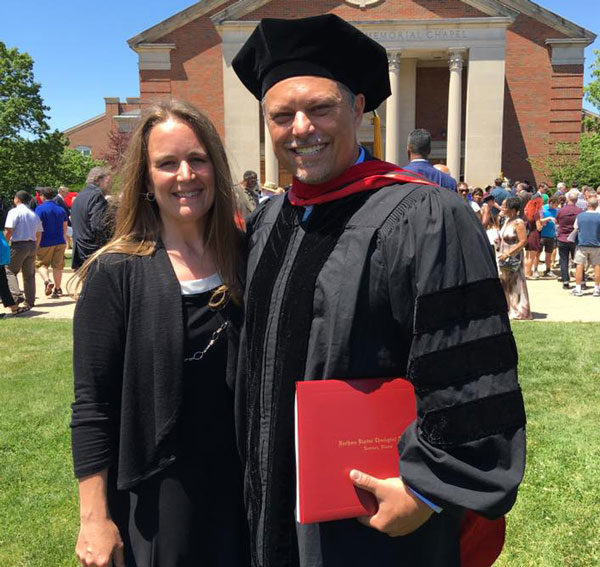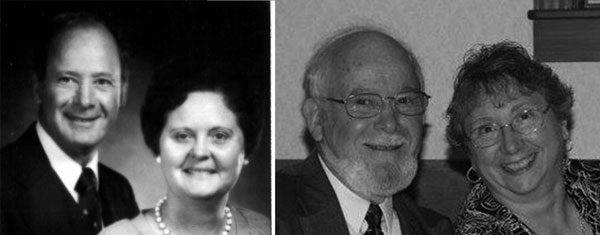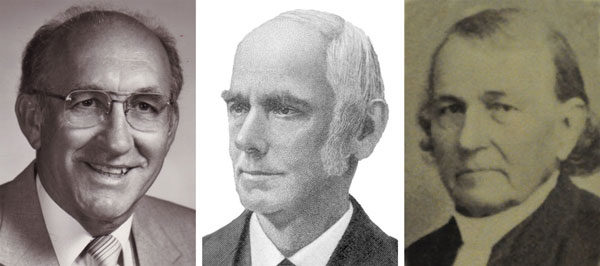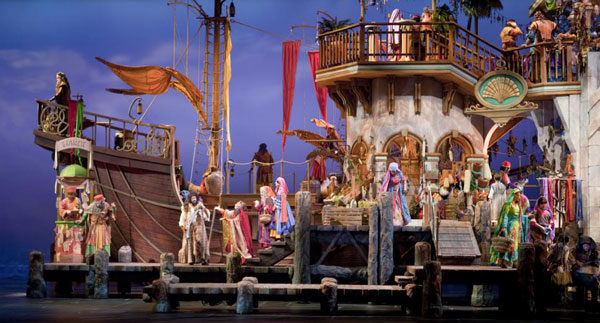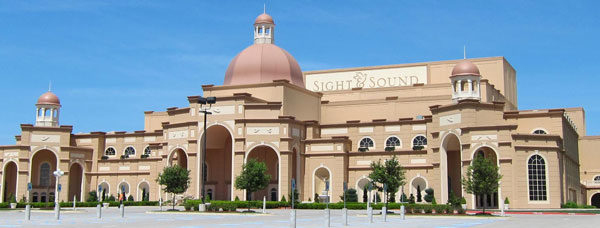June 6, 2017
|
When the United Brethren denomination officially organized in 1800, we had a single conference, with churches located mostly in Pennsylvania, the Virginias, and Maryland. As the country moved west, UB people moved with it. First stop: Ohio. In 1810, Christian Newcomer (not yet a bishop) met with 15 ministers near Dayton, Ohio, and organized what became known as the Miami Conference (after the Miami Valley of western Ohio).
For several years, the Eastern Conference (sometimes called the Original Conference) and the Miami Conference held separate annual meetings. In 1813, after the death of both Martin Boehm and William Otterbein, the Eastern Conference elected Christian Newcomer to a one-year term as bishop, and in 1814 elected him for another three years. The Miami Conference was not involved in those elections. So only part of the United Brethren Church was choosing the bishop.
Delegates from the two conferences finally met together in 1815. They met at a schoolhouse in Mount Pleasant, Pa., which was kind of halfway between Dayton and Lancaster. The Ohio folks had farther to travel, but didn’t need to cross the Allegheny Mountains like the Pennsylvania folks.
This first “General Conference” convened on June 6, 1815. That was 202 years ago.
The 1815 General Conference was significant in that they adopted a Confession of Faith and Discipline. However, they profoundly felt the absence of the founders. Martin Boehm and George Geeting had died in 1812, and William Otterbein in 1813. These were men whose word was law. As it was said, somebody else could hold the office of bishop, but nobody could replace the man.
Christian Newcomer presided along with Andrew Zeller, an Ohio minister. Things didn’t start well. On the opening day, Newcomer wrote, “Instead of love and unanimity, the spirit of hatred and discord seemed to prevail.”
It got slightly better the next day. Newcomer wrote, “The heat had considerably abated and the business before us was conducted better than I expected.” And yet, “The sky was not exactly clear.” Things would go smoothly for a bit, and suddenly ministers would be throwing around sharp words.
“This could not last long,” wrote Newcomer. “The darkening clouds which hung over this conference must be cleared away.”
So, they halted everything and held “such a prayer meeting your humble servant never witnessed before nor since. Brethren with streaming eyes embraced and thanked God.”
Much, much better.
Some historians say Christian Newcomer and Andrew Zeller were elected bishops in 1815. The reality seems to be that they weren’t elected until 1817. They wanted to hold General Conference every four years, but Newcomer’s three-year term would end in 1817.
So, to get the schedules in sync, they held a second General Conference just two years later, in 1817. During that meeting, Newcomer and Zeller were elected as bishops. From then on, up until 2005, General Conference was held every four years.
